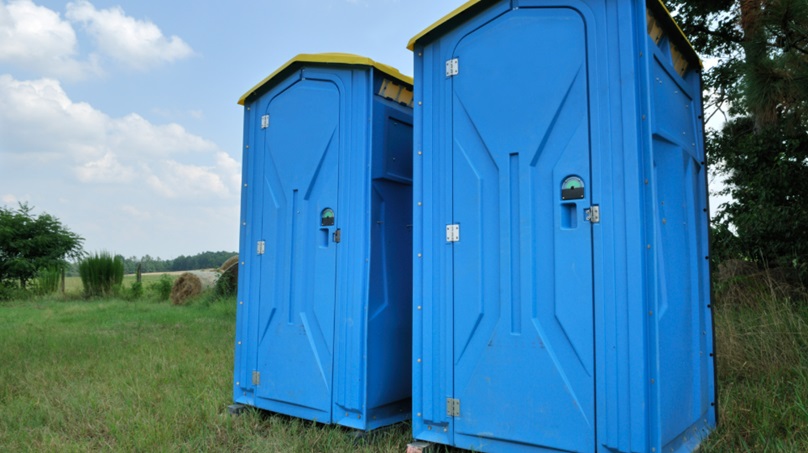
When organizing events, construction sites, or large gatherings, the strategic placement of portable toilets is crucial for ensuring convenience and hygiene. If you’re looking for reliable portable toilets in Charlotte, it’s essential to understand the best practices for their placement. Properly positioned portable toilets can enhance the user experience and maintain cleanliness standards. Here are some key considerations and best practices for placing portable toilets effectively.
Assessing the Site
Before placing portable toilets, conduct a thorough assessment of the site. This involves understanding the layout, terrain, and specific needs of the event or project. Consider factors such as the number of attendees, the duration of the event, and the type of activities that will take place. A detailed site assessment helps in determining the optimal number of units required and their best locations.
Proximity to High-Traffic Areas
Position portable toilets near high-traffic areas but not directly in the middle of them. For instance, place them close to food and beverage stations, main activity areas, and entrances. This ensures easy access for users without causing congestion. Maintaining a reasonable distance from these areas also helps in minimizing unpleasant odors and maintaining a pleasant environment.
Accessibility and Safety
Accessibility is a crucial factor in the placement of portable toilets. Ensure that units are placed on flat, stable ground to prevent tipping or movement. They should be easily accessible for all users, including those with disabilities. Providing accessible units in compliance with the Americans with Disabilities Act (ADA) is essential. Additionally, place toilets in well-lit areas to ensure safety during nighttime use.
Even Distribution
Distribute portable toilets evenly throughout the event site or construction area. This prevents long lines and overcrowding in any single location. A balanced distribution ensures that all attendees have easy access to facilities, reducing wait times and enhancing user satisfaction.
Shelter and Protection
Protect portable toilets from extreme weather conditions by placing them under tents, canopies, or other types of shelter. This not only enhances user comfort but also prolongs the lifespan of the units. Consider natural windbreaks or barriers to shield the toilets from strong winds.
Regular Maintenance and Cleaning
Frequent maintenance and cleaning are essential for keeping portable toilets in good condition. Ensure that service vehicles have unobstructed access to the units for regular servicing. The ease of access for maintenance teams is critical for timely waste removal and restocking of supplies like toilet paper and hand sanitizer.
Adequate Signage
Clear signage is crucial for directing users to portable toilet locations. Use visible and easy-to-read signs to guide attendees, especially in large event venues or sprawling construction sites. Proper signage reduces confusion and helps users find the nearest facilities quickly.
Compliance with Regulations
Ensure that the placement of portable toilets complies with local regulations and health codes. This includes considering the minimum number of units required based on the expected number of users and the type of event. For detailed information on the sizes and dimensions of portable toilets, read this helpful guide.
Conclusion
Effective placement of portable toilets is essential for the success of any event or project. By considering factors such as site assessment, proximity to high-traffic areas, accessibility, even distribution, shelter, maintenance, signage, and regulatory compliance, you can ensure that the facilities meet the needs of all users. If you require high-quality portable toilets, consider partnering with a reputable provider to enhance convenience and hygiene at your next event or construction site.






